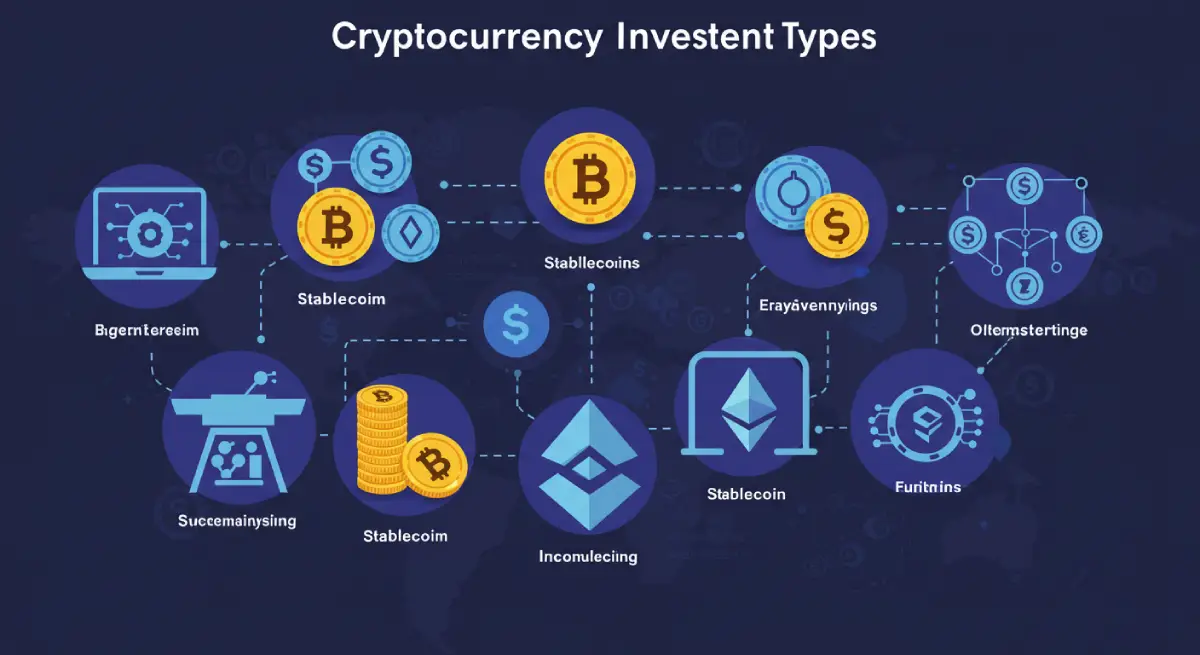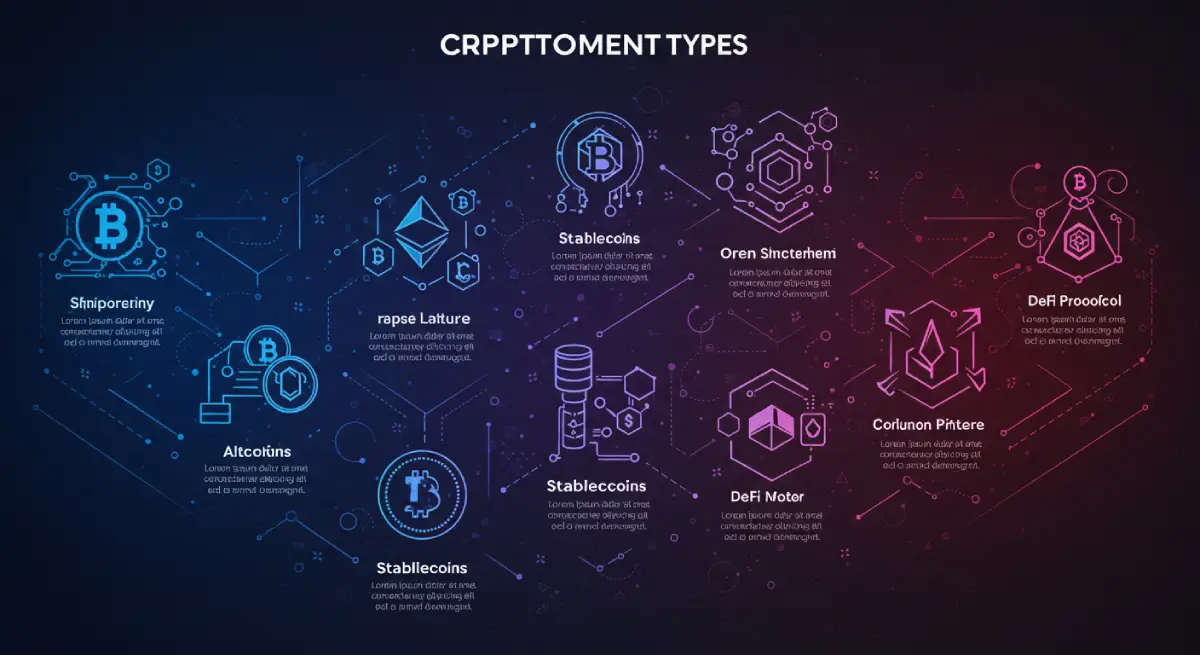Unmatched Market Size and Liquidity
The US stock market, with a valuation exceeding $40 trillion, dwarfs all others globally. This massive scale ensures exceptional liquidity, allowing seamless buying and selling with minimal costs. For instance, the S&P 500 sees billions in daily trades, and major stocks like Apple and Microsoft boast razor-thin spreads.
Why It Matters: High liquidity slashes transaction costs and empowers traders using Contracts for Difference (CFDs) to enter and exit positions effortlessly. Whether day-trading or holding long-term, this fluidity is a game-changer, mirroring the agility of forex trading.
Global Leader in Tech Innovation
Home to tech giants like Nvidia, Amazon, and Tesla, the U.S.—especially via Nasdaq—drives global innovation. In 2025, breakthroughs in AI, semiconductors, and cloud computing are set to fuel further gains. Nvidia’s AI chip surge, for example, has pushed its market cap past $3 trillion.
Why It Matters: Tech’s explosive growth offers outsized returns. With high leverage tools like CFDs, traders can magnify profits from these dynamic stocks, especially in volatile markets.
Stable Economy and Currency Backbone
The U.S. economy’s resilience and diversity provide a solid foundation, even amid global uncertainty. The dollar, as the world’s reserve currency, bolsters this stability. Currency pairs like USD/JPY or USD/EUR reinforce investor trust, doubling as a haven for both forex trading and stock investments.
Why It Matters: A steady economic backdrop cuts systemic risk, reassuring long-term investors. The dollar’s strength also offers a currency edge for international players.
High Leverage and Flexible Trading Tools
The US stock market embraces diverse trading options, notably CFDs. These allow small capital to control large positions—e.g., $1,000 can manage $50,000 with 1:50 high leverage, amplifying gains from S&P 500 or individual stock moves.
Why It Matters: This flexibility lures retail traders, especially those transitioning from forex trading. High leverage boosts potential returns and enables long or short trades, adapting to any market scenario.
Transparent and Well-Regulated Environment
Regulated by the SEC, the U.S. boasts one of the most transparent markets. Companies disclose earnings regularly, minimizing information gaps—a stark contrast to some emerging markets plagued by insider risks.
Why It Matters: Transparency builds trust, ideal for long-term capital. For CFD traders, it means more predictable price action, enhancing strategy precision.
Diverse Investment Options
Spanning tech, finance, healthcare, and energy, the US stock market offers unmatched variety. The S&P 500 reflects America’s economic breadth with 500 top firms, while Nasdaq targets high-growth tech.
Why It Matters: This diversity caters to all—value seekers and growth chasers alike. Pairing stock moves with currency pair fluctuations diversifies risk further.

Proven Performance and Future Potential
Since 1928, the S&P 500 has delivered a 9.8% annualized return (with dividends), outpacing inflation. Despite crises like 2008, it rebounds fast. In 2025, anticipated rate cuts and profit growth signal more upside.
Why It Matters: Historical strength inspires confidence for investors, while short-term swings create CFD trading opportunities. It’s a dual-purpose wealth engine.
Risks and Strategies
Challenges exist:
- High Valuations: S&P 500’s P/E ratio (~24.9) hints at overvaluation.
- Rate Risks: Fed policy shifts could spark corrections.
- Geopolitical Tensions: Trade wars may rattle markets.
Solutions:
- Set stop-losses with high leverage trades.
- Diversify across sectors (e.g., tech and staples).
- Hedge via forex trading with dollar moves.



You should participate in a contest for the most effective blogs on the web. I will advocate this site!